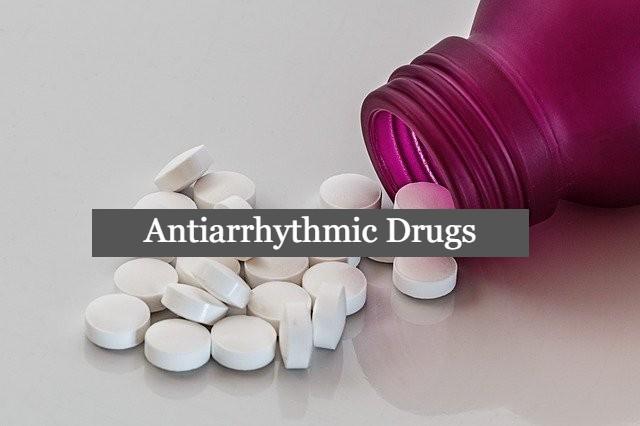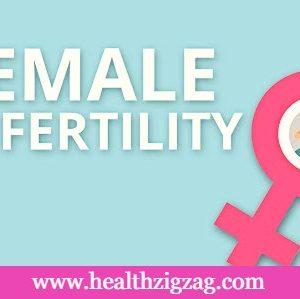
Contents
Antiarrhythmic Drugs. An antiarrhythmic drug can exert its action in 2 ways, directly intervening in the passage of ions through the myocardial cell membrane and indirectly acting on a mediating agent that in turn influences the flow of ions (1).
Definition of antiarrhythmic drugs
They are those drugs whose primary action is to prevent or suppress cardiac arrhythmias by modifying the flow of ions through the membrane.
Phases of antiarrhythmic drugs
The heart has various properties. The cardiac cell maintains a resting membrane potential due to potassium leakage (increased permeability). When depolarization occurs and the threshold potential reached, sodium permeability increases and an action potential occurs. This divided into 5 phases:
- Phase0: Rapid depolarization occurs, rapid entry of sodium ions occurs, is related to conduction velocity.
- Phase 1: Abrupt repolarization caused by the inward current of chlorine coupled with an inactivation of the sodium current. Transient potassium current outward.
- Phase2: It is a phase of slow repolarization in the form of a plateau, it is due to an inward current of calcium, it is of long duration and is related to the period and force of contraction.
- Phase3: A sudden repolarization occurs since the potassium output exceeds the calcium and sodium input. It is related to the duration of the relative and useful refractory periods.
- Phase4: In it, the cell is at rest, completely re-establishing the voltage. Diastolic voltage time.
The cardiac impulse is initiated physiologically in the cells of the SA and AV nodes, as well as in some parts of the conduction system. These cells show spontaneous diastolic depolarization of slow development (potential pacemaker). This phase 4 depolarization develops slowly until reaching the threshold potential from which the action potential is triggered.
Ionic events involved in automation
- Decreased potassium permeability, decreased ion output from the cell.
- Moderate sodium intake.
These two mechanisms raise the membrane potential to the threshold potential. The sinus node is the primary pacemaker region since it is the one with the highest frequency, prevailing and imposing its rhythm to the other areas of the heart (potential pacemakers such as AV node and Purkinje fibres).
After an impulse has been initiated at the SA node, it propagates through the conduction system through the atria to the AV node and ventricles. The most crucial factor to consider for driving speed is the maximum depolarisation speed of phase 0 (V. max.) As well as the amplitude of this phase. Fibres that have a V. max. The higher they will have, the higher the driving speed and vice versa.
Refractory period
Once the action potential has been evoked, cardiac cells do not initiate another action potential in response to a second suprathreshold stimulus until repolarisation has not preceded to -50mV. The first local response not propagated by a second stimulus that can be triggered defines the end of the absolute refractory period (PRA) for the cell. Already close to -60 mV. A second stimulus (also supra-threshold) can propagate an action potential, marking the end of the sufficient refractory period (PRE). The explanation of this “relative inexcitability” of the membrane produced by the low conductance to sodium due to the high degree of inactivation it presents. The first local response not propagated by a second stimulus that can be triggered defines the end of the absolute refractory period (PRA) for the cell. Already close to -60 mV.
A second stimulus (also supra-threshold) can propagate an action potential, marking the end of the active refractory period (PRE). The explanation of this “relative inexcitability” of the membrane produced by the low conductance to sodium due to the high degree of inactivation it presents. The first local response not propagated by a second stimulus that defines the end of the absolute refractory period (PRA) for the cell. Already close to -60 mV. A second stimulus (also supra-threshold) can propagate an action potential, marking the end of the sufficient refractory period (PRE). The explanation of this “relative inexcitability” of the membrane produced by the low conductance to sodium due to the high degree of inactivation it presents.
Classification
- Class * Mechanism of action Drugs]]
- I * Block sodium channels.
- A Moderate phase 0 depression. * Quinidine
- Extends repolarisation. * Disopyramide
- Extends refractory period.
- B Minimal effect in phase 0. * Lidocaine
- Driving speed. * Diphenylhidan-
- Shorten repolarisation. * Toina
- Action potential and * Mexiletine
- Refractory period).
- C Powerful phase 0 effect (). * Encainida
- Slow driving. * Lorcainida
- Little impact on * Flecainide
Repolarisation
- II * ren adrenergic block. * Propranolol
- III * Extends repolarization. * Amiodarone
- Bretilius
- IV * Blocking channels
- Verapamil
- calcium.
- Diltiazem
Published By Healthzigzag.com
You May Like Also: 21 Natural Antibiotics To Try At Home




